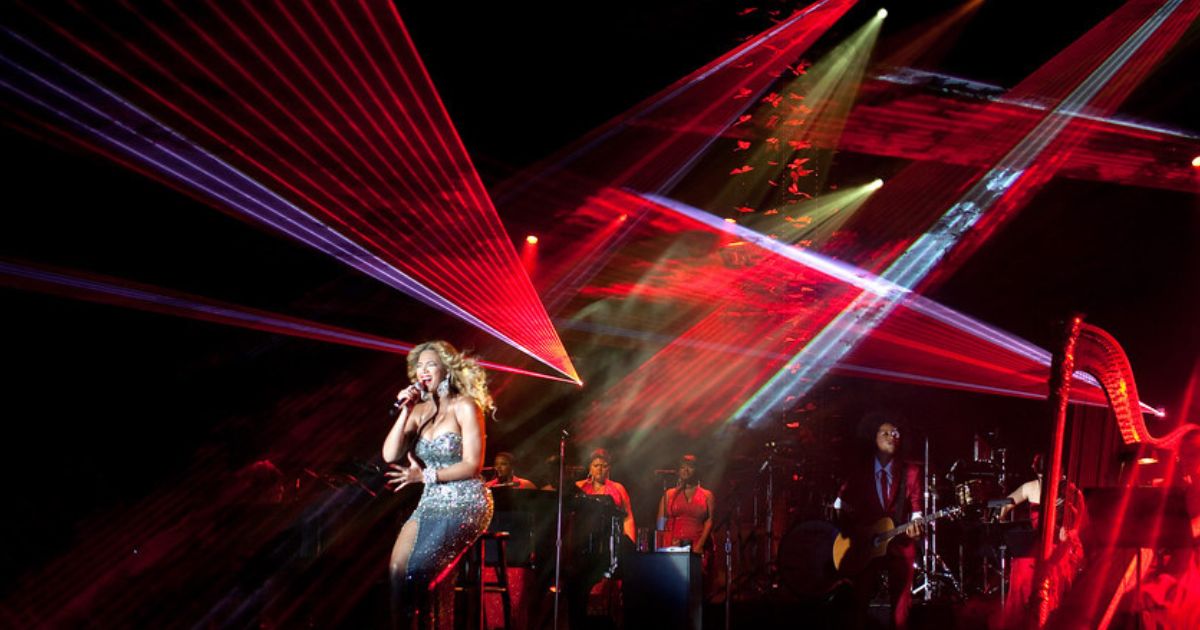
This summer may be remembered as the summer of blockbuster concerts, with record-breaking performance tours from Beyonce and Taylor Swift. And that has directly translated into a boom for public transit, with riders often choosing buses or trains to get to concert venues. As a result, ridership numbers on affected transit lines jumped for the first time since Covid. And the phenomenon was not restricted to the US. In the UK, a Pride Event, and a Harry Styles tour, caused London’s transit ridership to skyrocket this summer.
Undoubtedly, these mega-events are a response to pent-up demand for entertainment after several years of Covid shutdowns. Fans have waited to get back to concerts, and feel they have the right to spend a little (or a lot) more to be part of the action. In all, Beyonce and Taylor Swift are predicted to earn over $300M each on ticket sales. And spending is not simply on concert tickets, either. Fans also spent lavishly on hotels, clothing, meals, and concert-related parties.
A Win for Mass Transit
To get them to the venue and back, transit agencies in Atlanta, Philadelpha, Los Angeles, and Boston added extra buses and trains. And, after her DC performance, Beyonce paid an additional $100,000 to ensure attendees of her concert had public transit to get home after weather delays.
Why would Beyonce fund mass transit? For the simple reason that a bad transit experience can translate into negative media coverage. In 2015, Atlanta’s popular TomorrowWorld electronic dance festival ended early due to heavy rains. Poor transportation planning meant that attendees were stranded in the hills outside the event overnight. This was a casualty of circumstances, not fraud on the scale of the Fyre Festival. Nonetheless, it was the last time that the event, which had been held for several years, was ever staged. It’s not surprising, then, that the budget for Beyonce’s concerts allowed for funding for public transportation.
This summer’s mega concert tours may not save mass transit, but they can demonstrate to transit agencies the value of supporting events by adding buses or trains or expanding hours. They may also help introduce transit to new riders – making travel with friends to a concert a fun, social experience. This summer, even non-concert goers got an introduction to mass transit via the many social media posts from riders.
Looking Ahead to 2024 – and Beyond
Will we see more mass transit celebrated with blockbuster concerts? Perhaps. Although both Beyonce and Taylor Swift are mega stars who had not performed for several years, pent-up demand for other stars may be out there. Next year several tours with devoted fan bases are scheduled for US cities, including Ed Sheeran, BTS, and Adele. And of course, in 2026 the FIFA World Cup will be hosted by many of these same cities. That’s already on the radar of municipal agencies. “At Metro we are gearing up for the Olympics and Paralympic Games,” said LA Metro spokesperson Tracy Smith. “Providing services for these events is a great trial run.” Whether they are being used as test subjects ahead of the Olympics or not, concert attendees will continue to benefit from this transit trend.
Superstar – Photo by Pete Souza, Credit: The White House Available under a Creative Commons Attribution License – NonCommercial 2.0 Generic (CC BY-NC 2.0) at https://www.flickr.com/photos/iip-photo-archive/25589588565